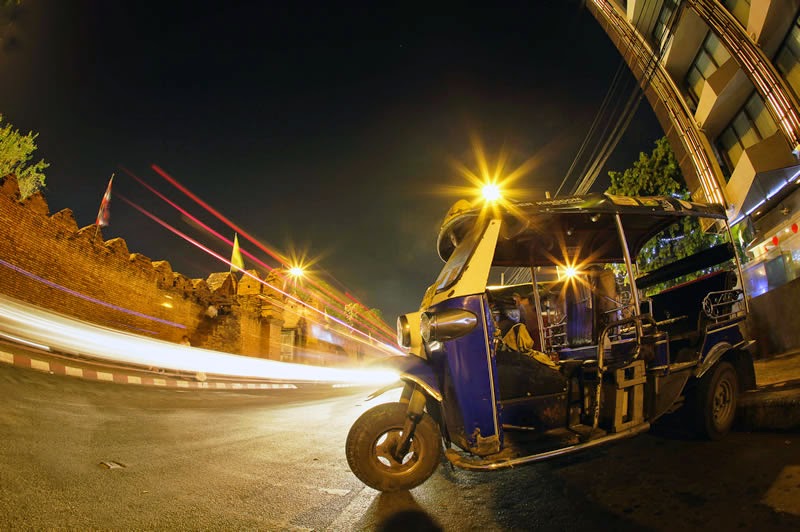Elephant Mahout Training Course
Wild elephants in Thailand are very difficult to count given their dense, forested habitat, but most experts would agree there are between 2,000-3,000.
In 1989 the Thai government banned all logging in protected areas, effectively closing all remaining natural forests. While undoubtedly a very wise choice, one unfortunate side effect was that it threw many logging elephants out of work. Luckily, that loss coincided with a rapid rise in tourism, which was able to employ many elephants. Today, probably more than half of Thai elephants work in tourism.
Thailand’s current population of domesticated elephants is about 2,700. After a precipitous decline from about 100,000 domesticated elephants in 1850, numbers are now stable. About 95% of Thai elephants are in private ownership, with the Thai Elephant Conservation Center’s 80 elephants being Thailand’s only government-owned elephants apart from a few in zoos and the King’s ten revered ‘white’ elephants in the .
Wild elephants in Thailand are very difficult to count given their dense, forested habitat, but most experts would agree there are between 2,000-3,000.
In 1989 the Thai government banned all logging in protected areas, effectively closing all remaining natural forests. While undoubtedly a very wise choice, one unfortunate side effect was that it threw many logging elephants out of work. Luckily, that loss coincided with a rapid rise in tourism, which was able to employ many elephants. Today, probably more than half of Thai elephants work in tourism.
Why are white elephants so important in Thai culture? Essentially, white elephants are believed to be vital to the wellbeing and prosperity of the Kingdom. A major war ensued in 1549 when the king of Burma demanded seven white elephants belonging to King Mahachakkaphat of Ayutthaya, who was called Lord of the White Elephants. A white elephant was on the national flag until 1917, and a white elephant still emblazons the ensign of the Royal Thai Navy.
The term ‘white elephant’ is very confusing in two ways. First, the English expression ‘white elephant’ means something that is ostensibly of great value but in fact a heavy burden, whereas to Thai people these animals are of inexpressible worth. (All ‘white elephants’ must be gifted to the King.) Second, these ‘white elephants’ are not white at all, not even being, as is commonly misunderstood, albinos. Even to elephant experts they look very much like normal, gray elephants. Nonetheless, even Thai people commonly but incorrectly call these animals ‘albino elephants’ rather than the proper term, chang samkhan, which actually translates as ‘auspicious elephant’.
Only palace experts can determine what qualifies as an auspicious elephant and then assign it a rank. Using ancient and arcane rules, experts classify auspicious elephants into one of four families – each family having its home in a mythological forest in the Himalayas – and then, using seven basic criteria, assign them hierarchical ranks.
Thailand’s auspicious elephants were until 30 years ago kept in cramped conditions in Chitralada Palace in Bangkok, but now each has its own green, airy day quarters and an opulent stall where it is taken every night.
Elephant Chiangmai, Elephant Trainning, Baby Elephant Chiangmai, Elephant Mahout Training Course








